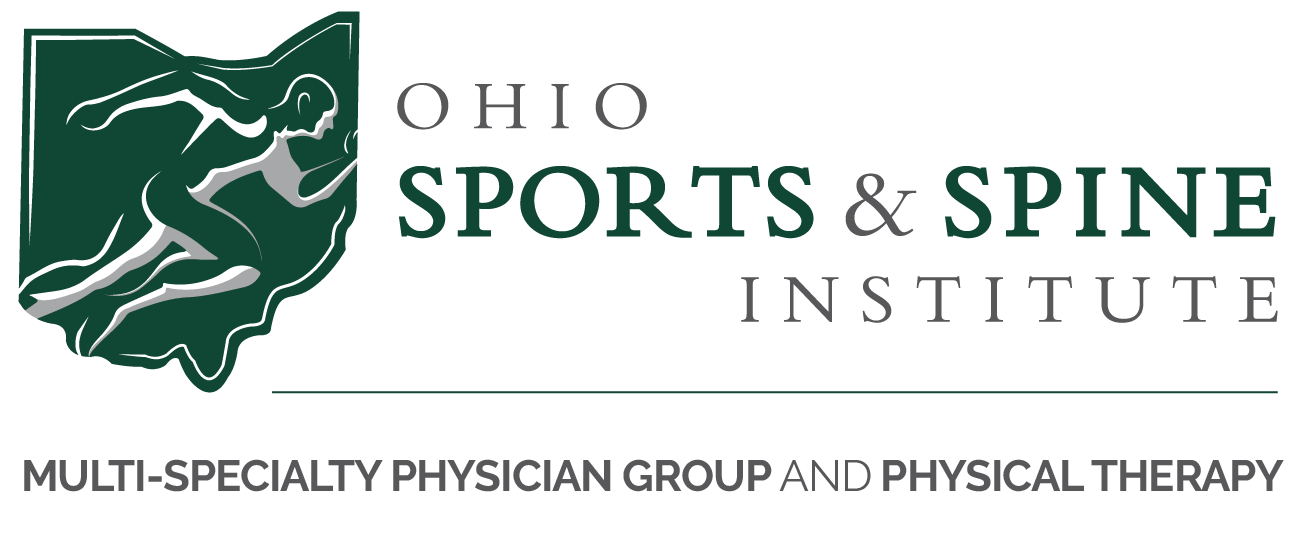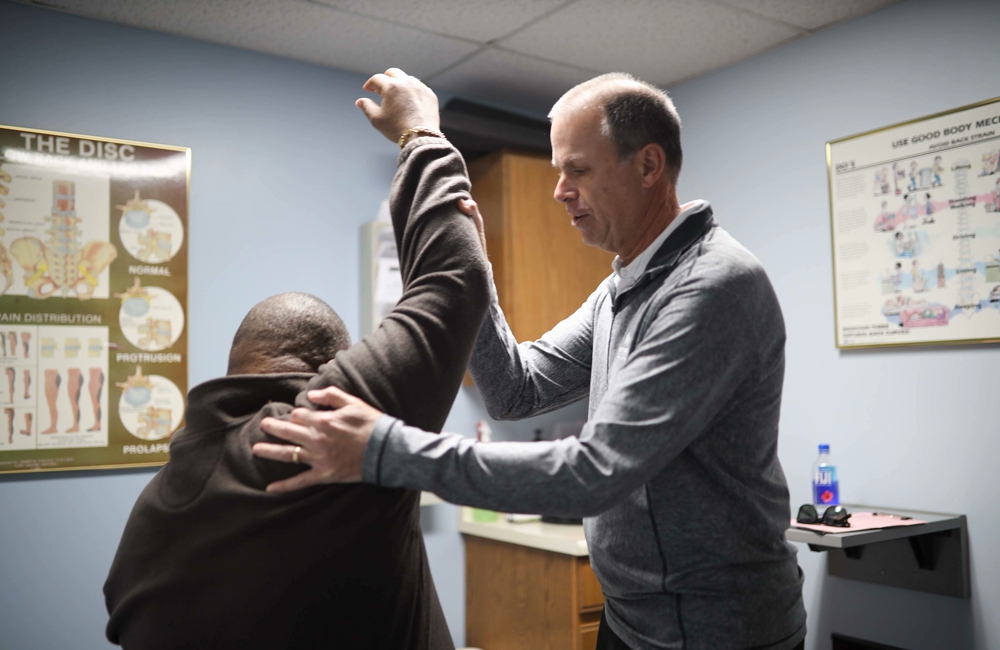Evidence-Based Chiropractic Care
What is a Chiropractor?
Doctors of Chiropractic, or Chiropractic Physicians, are the experts in conservative management of neuromusculoskeletal conditions and injuries.
Chiropractors are excellent diagnosticians who are committed to determining the root cause of pain and dysfunction.
Chiropractors focus on the diagnosis, treatment, and prevention of neuromusculoskeletal disorders, with an emphasis on treatment through manual techniques. These techniques include spinal and extremity mobilization and manipulation, myofascial manipulation, as well as active rehabilitation.
Chiropractors seek to reduce pain and improve the functionality of patients. It is their goal to educate patients on how they can account for their own health via exercise, ergonomics, postural awareness, diet, lifestyle changes, and rehabilitation.
Chiropractic Techniques:
Our doctors use the following treatment techniques to relieve your pain and improve your range of motion and function.
- Diversified Adjusting/ Manual Spinal Manipulation
- Flexion Distraction/ Cox Technique
- Drop-Table Adjusting
- Extremity Manual Manipulation
- Instrumented Assisted Soft Tissue Mobilization (IASTM)
- Also known as Graston Technique or ConnecTX Therapy
- Myofascial Release
- Trigger Point Therapy
- Pin & Stretch Active Release
- Muscle Energy Technique
- McKenzie Method® of Mechanical Diagnosis and Therapy® (MDT)
- Selective Functional Movement Assessment (SFMA)
- Our Chiropractors also oversee our physical therapy department which provides active rehabilitation, manual therapy, traction, and therapeutic passive modalities and taping techniques.
Frequently Asked Questions
Chiropractic care is an effective alternative to medication, injections, and/or surgery.
Chiropractic care is a proven, safe and effective option for many causes of neuromusculoskeletal pain.
Doctors of Chiropractic receive a minimum of seven years of higher education.
Our chiropractors hold chiropractic board certifications in orthopedics, sports medicine, rehabilitation, and acupuncture. Review Dr. DiDomenico’s and Dr. Hospodar’s bios to learn more about their extensive education and training.
It is a common misconception that Chiropractors only treat the spine. Our Chiropractors diagnose, manage and co-manage, treat, and oversee our physical therapy department for all neuromusculoskeletal conditions and injuries. The most common reason why a patient sees a Chiropractor is neck pain, headaches, mid back and low back pain. However, our Chiropractors treat all upper and lower extremity conditions and injuries including shoulder pain, elbow pain, wrist and hand pain, hip pain, knee pain, and ankle and foot pain.
The chiropractic adjustment or manipulation refers to a technique that restores motion in a joint that is fixated or not moving properly. Our hands-on treatment will help the mobility of the targeted joints, restoring range of motion and function, causing relaxation of the surrounding musculature and pain relief.
The type of adjustment or technique utilized depends on the complaint, examination findings, diagnoses, age of patient, as well as patient preference. We consider each patient’s unique characteristics to provide the right chiropractic adjustment for them.
A typical first visit includes an orthopedic and neurological exam, review of medical history, as well as a functional movement evaluation to determine the root cause of the complaint. Sometimes diagnostic imaging is ordered, if necessary. We then develop an individualized treatment plan tailored to your goals. We’ll discuss the details of the diagnosis, treatment recommendations and alternative treatment options. We may also recommend physical therapy, massage therapy, and will refer to other specialties in the area if necessary. We take pride in developing the most efficient path to recovery so you can get back to a pain-free life.
One of the myths about chiropractic care is that after your first visit, you’ll be stuck going for life. That’s not the case at Ohio Sports and Spine Institute. Our goal is to provide relief from your pain or discomfort as quickly as possible as well as give you the tools and knowledge necessary to live a pain-free life.
Perhaps this chiropractic care myth started because people often visit chiropractors for routine care. Some of our patient’s prefer routine chiropractic care and adjustments to maintain an active lifestyle. If you prefer to see a Chiropractor for conservative maintenance, in the same way you would choose to eat healthy foods or exercise, the choice to continue seeing a Chiropractor is up to you.
Most insurance companies cover chiropractic care. Our Chiropractors are credentialed providers with nearly every major insurance network in the area, including Medicare, Medicaid, and Workers Compensation. If you don’t have insurance, we offer affordable self-pay options.
Why Choose Chiropractic Care?
An Effective and Affordable Alternative Treatment
Chiropractic treatment is an effective alternative to medication, injections or surgery. Our staff has broad diagnostic skills and is trained to recommend therapeutic and rehabilitative exercises and to provide nutritional, dietary and lifestyle counseling.
A typical first visit includes a physical examination consisting of neurological, orthopedic and functional systems to determine a clinical diagnosis. Diagnostic imaging is ordered, if necessary. Treatment plans are then determined, and details of the diagnosis, treatment recommendations and alternative treatment options are discussed.
Schedule an Appointment
Get started with a consultation to evaluate the source of your pain and the best course of action to alleviate that discomfort


